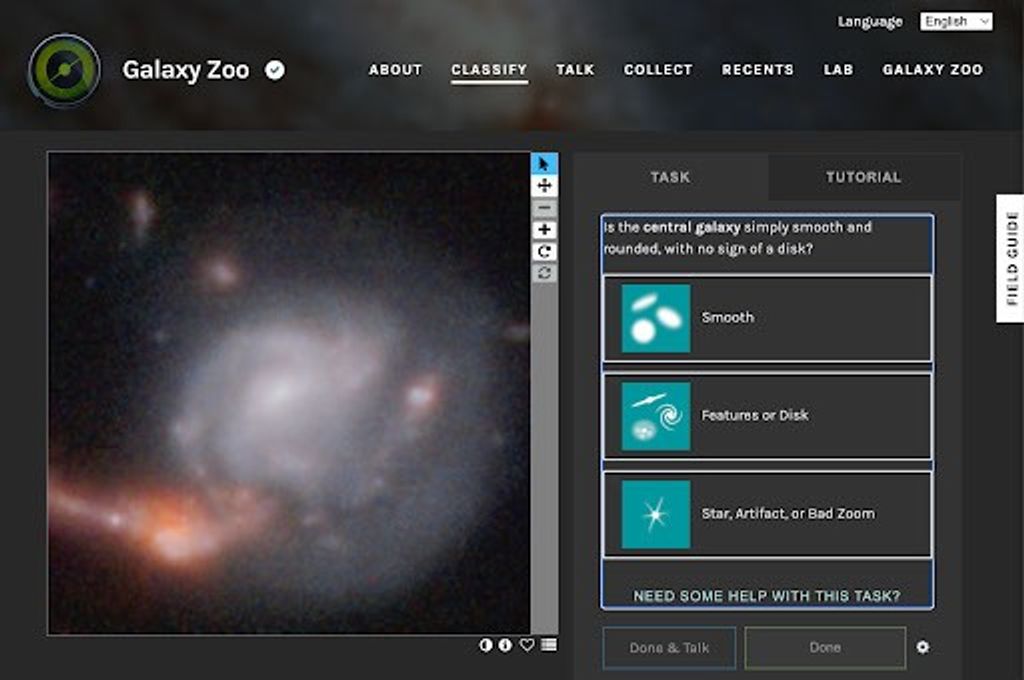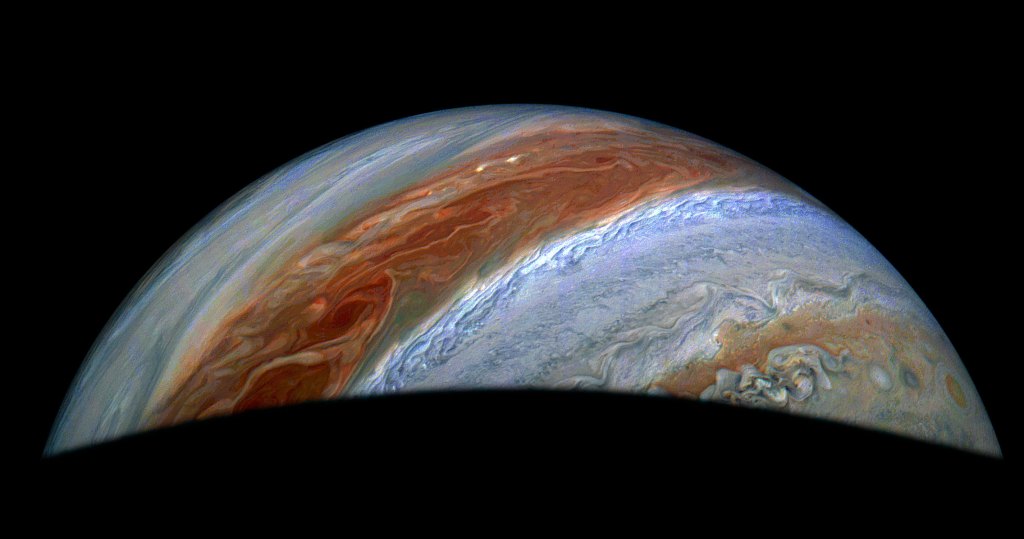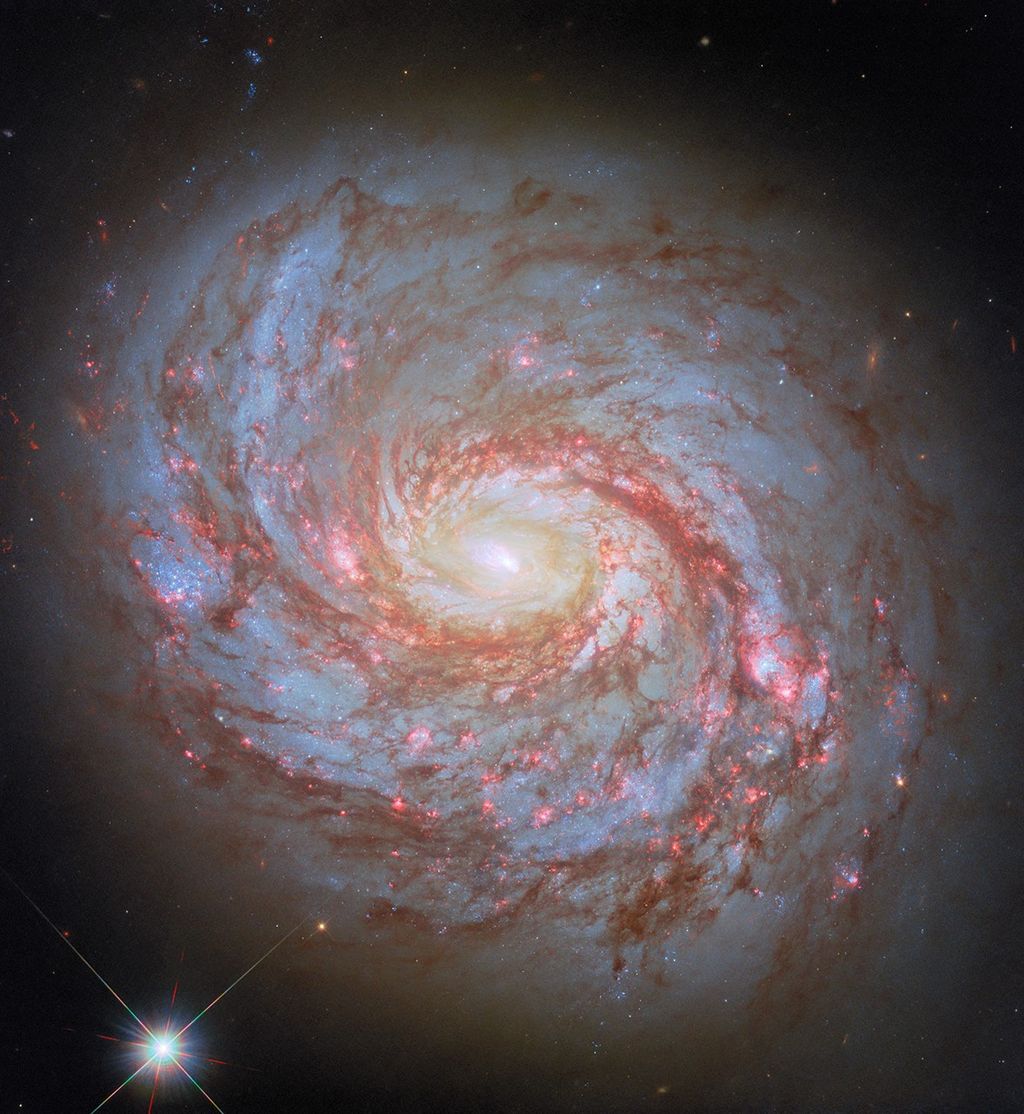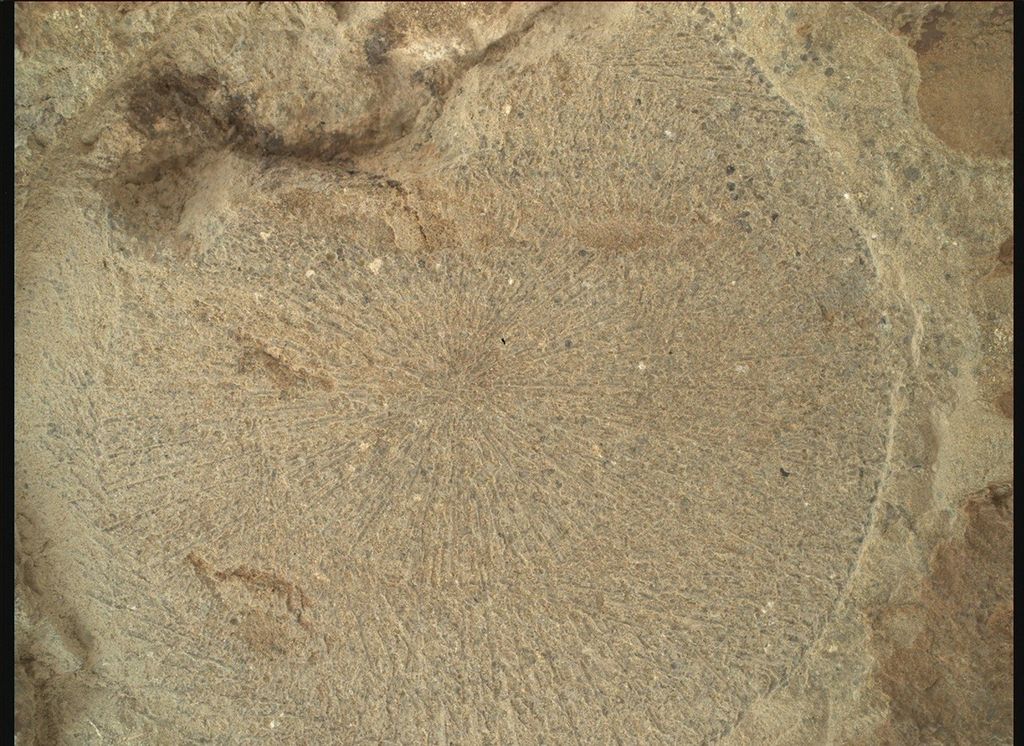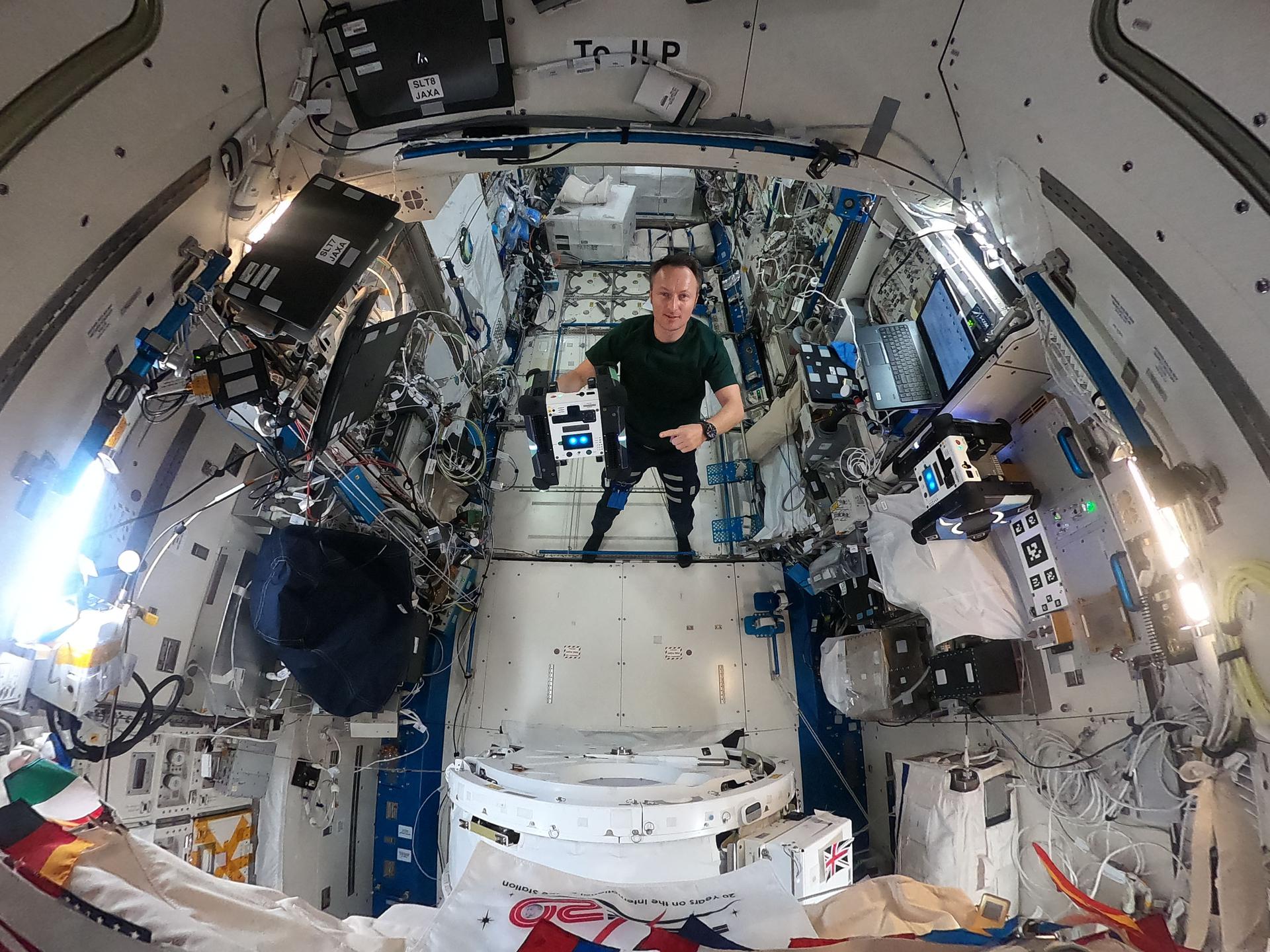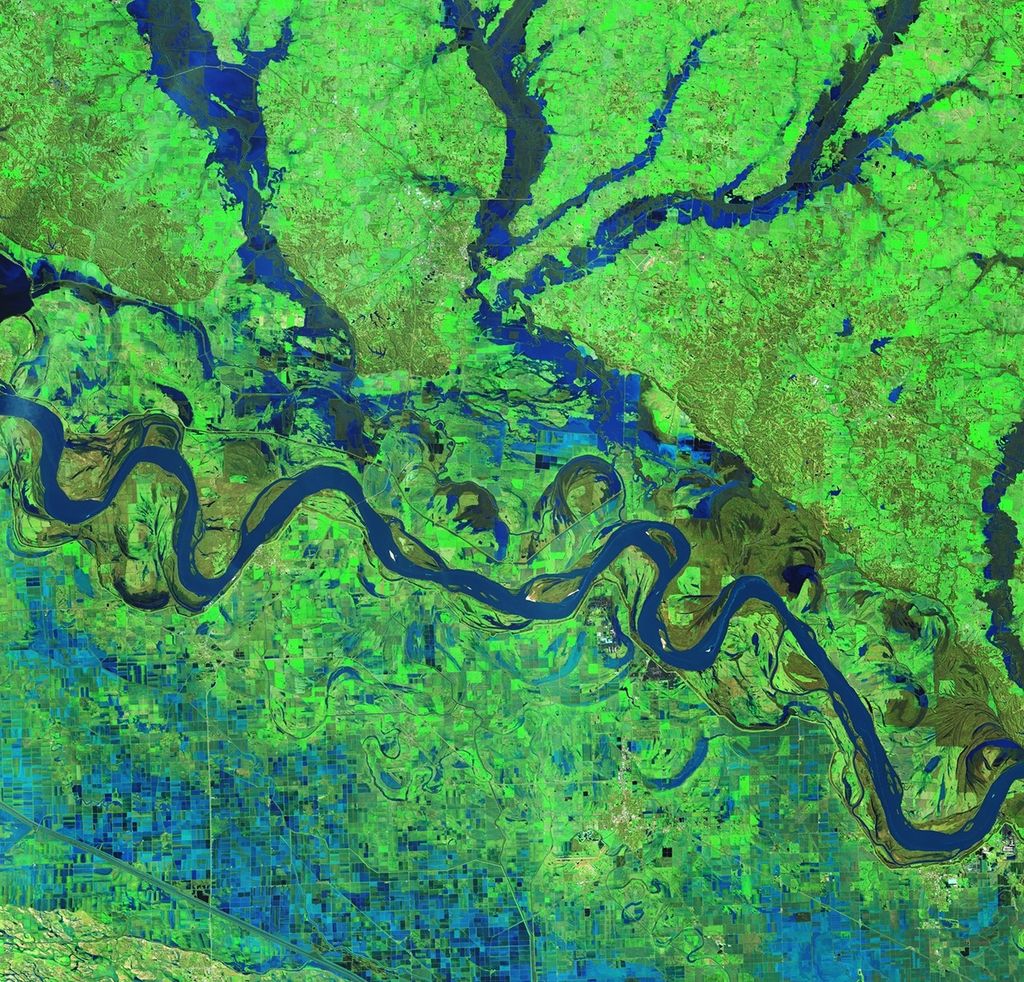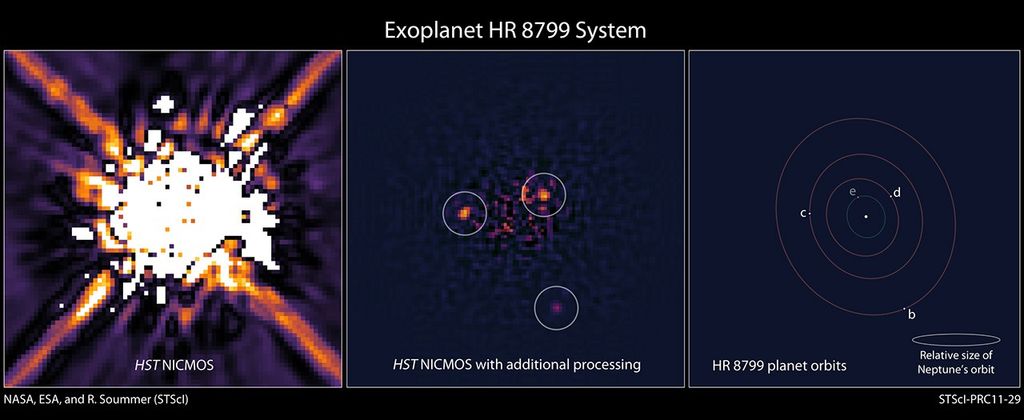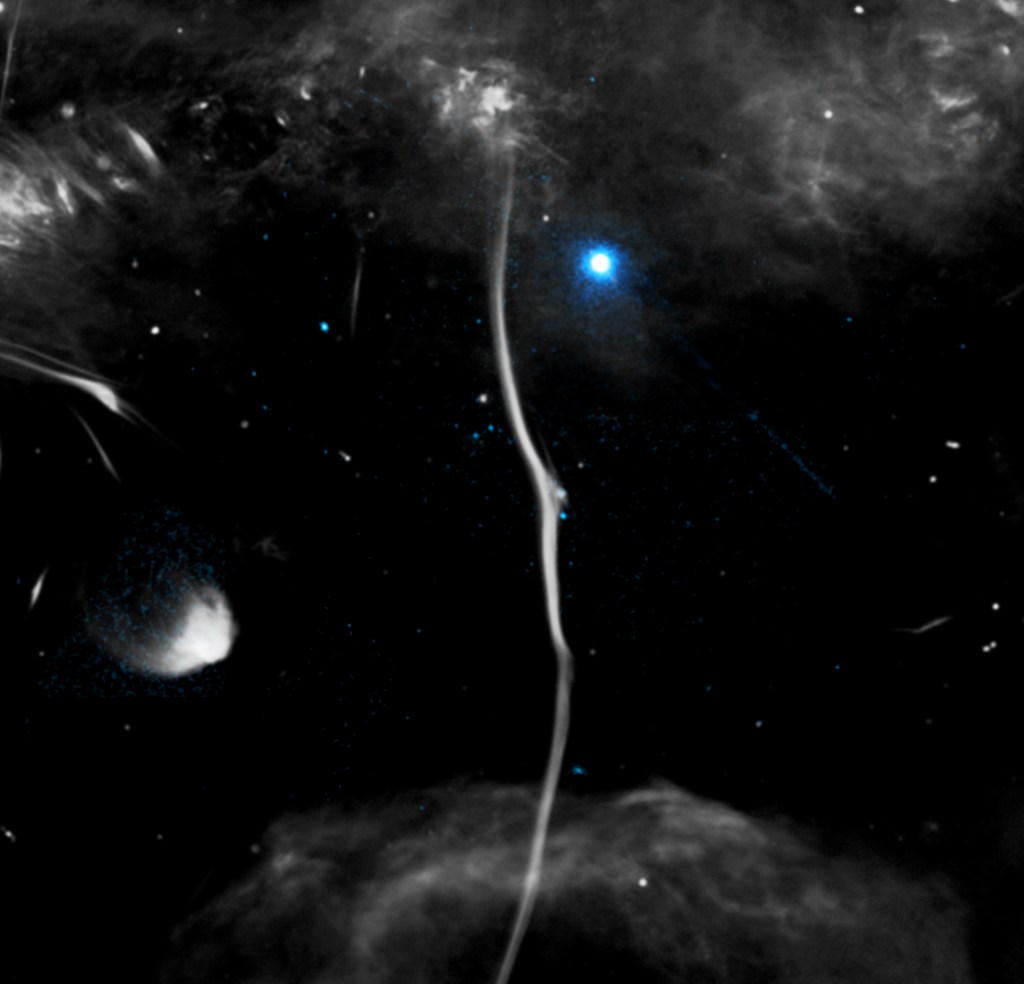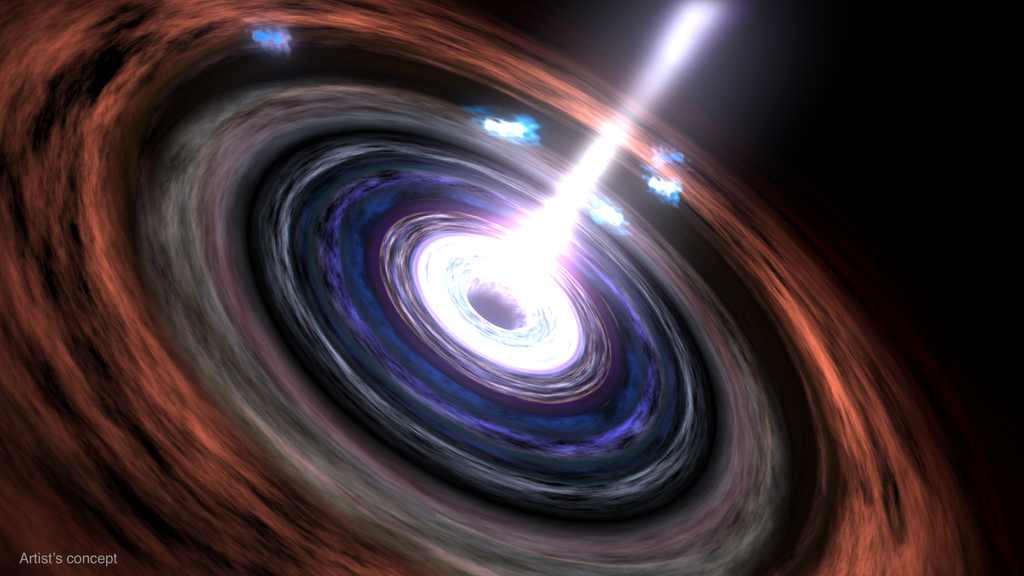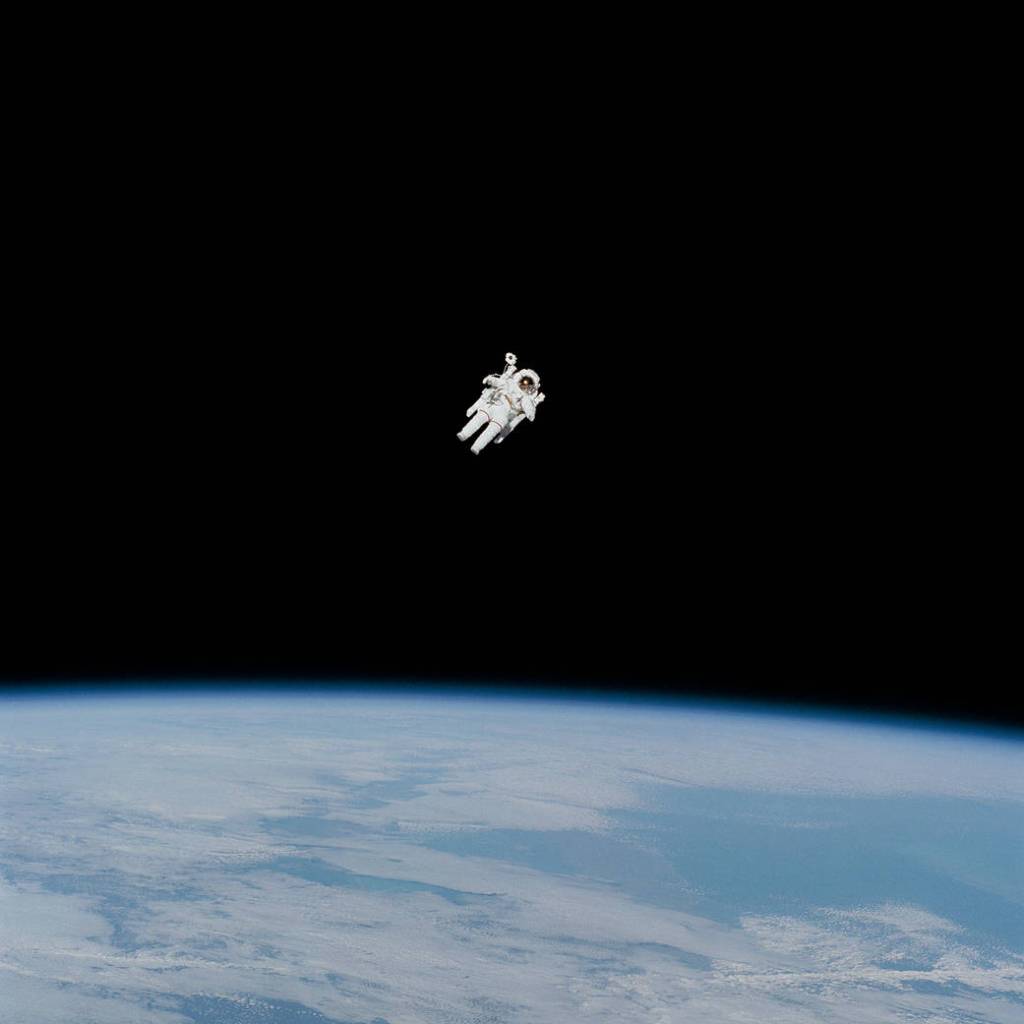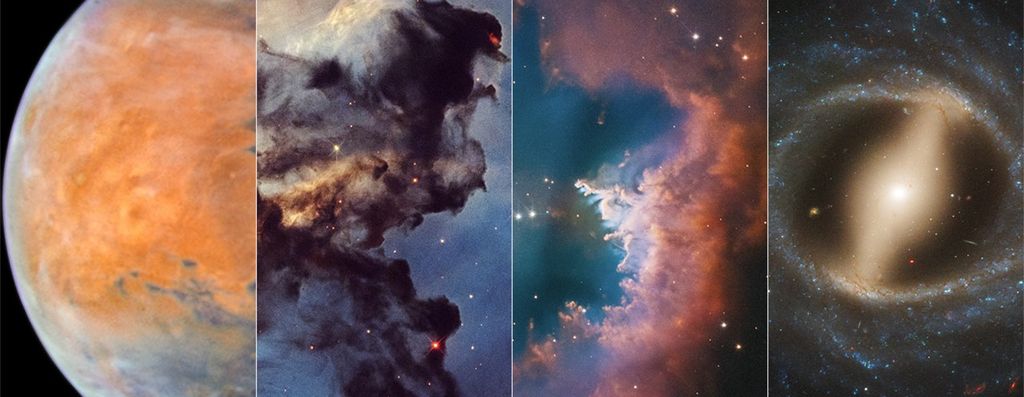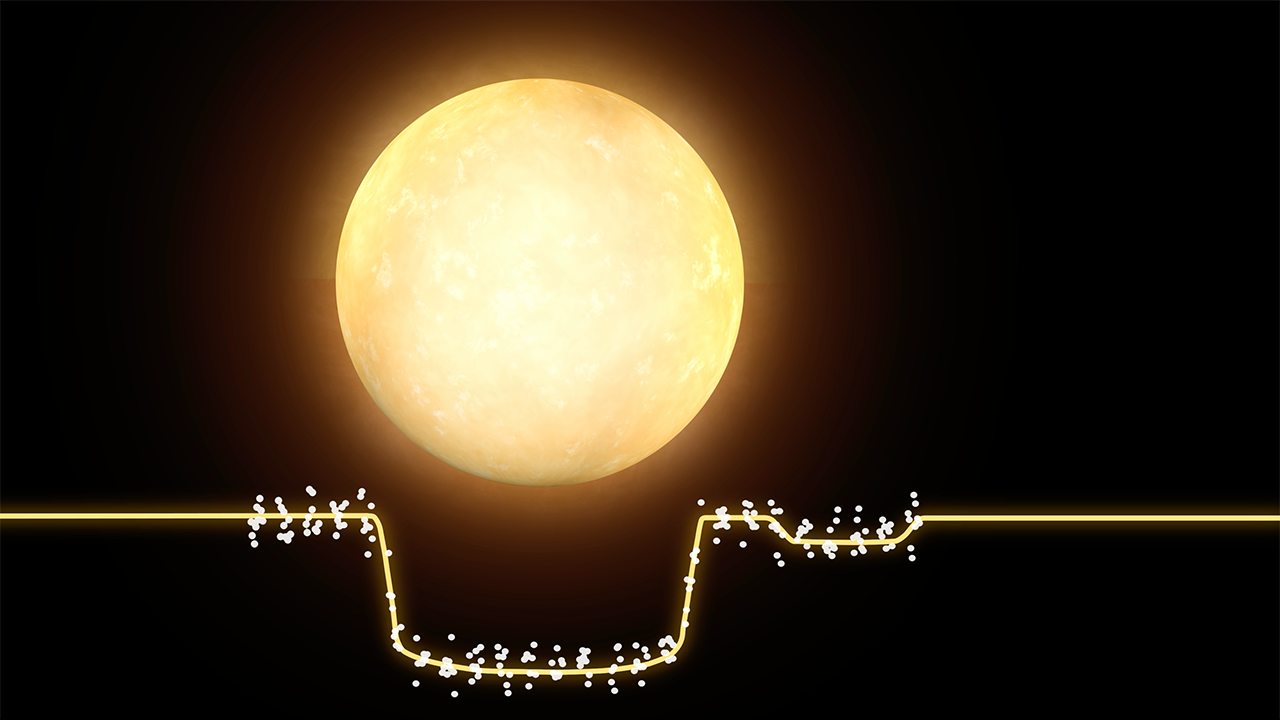1 min read
Possible Moon Outside Our Solar System (Artist’s Interpretation)
- Release DateOctober 3, 2018
- Science ReleaseAstronomers Find First Evidence of Possible Moon Outside Our Solar System
- Credit
Related Images & Videos
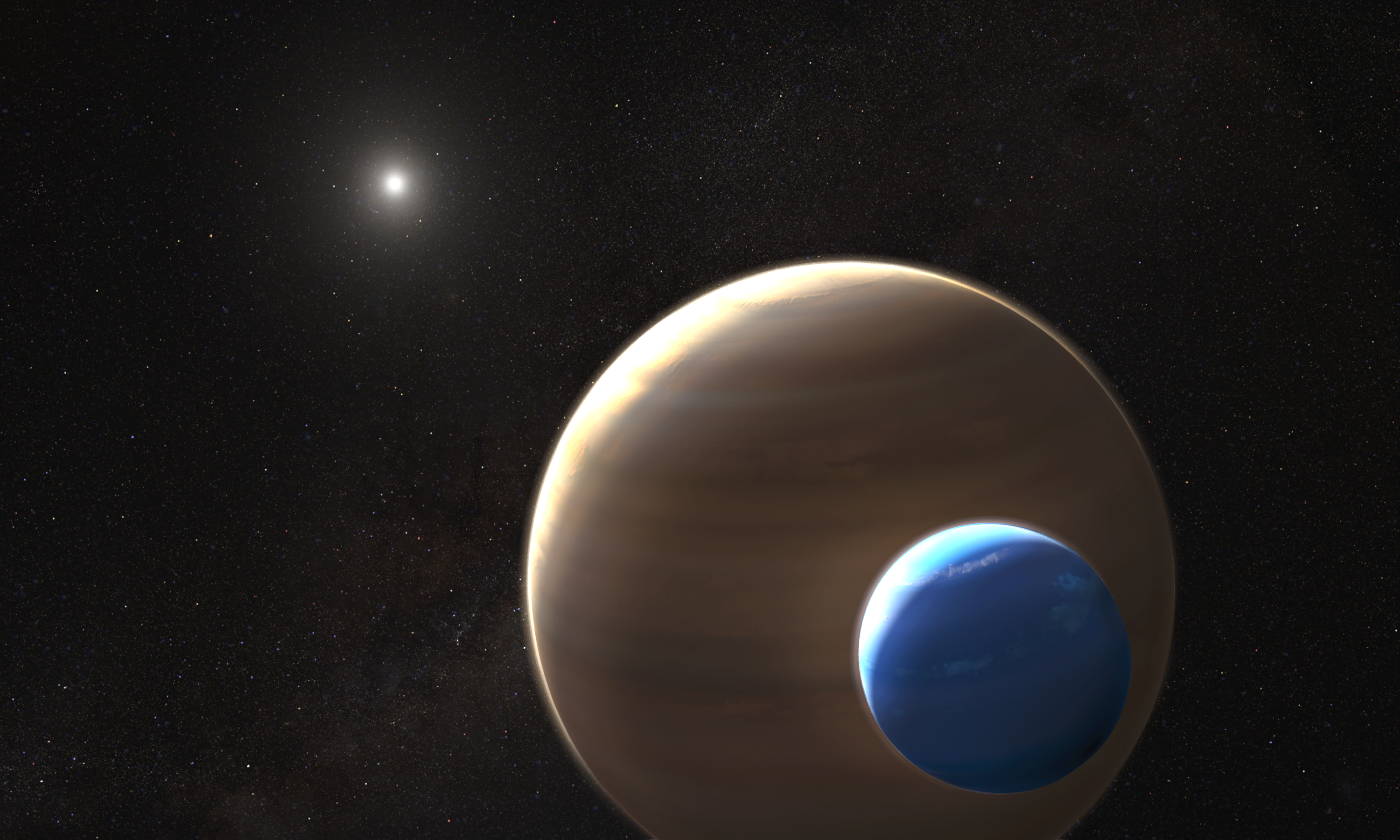
Artist's Illustration of Kepler-1625 System
Artist's Illustration of Possible Moon Outside Our Solar System This is an artist's illustration of the gas giant planet Kepler-1625b and a suspected accompanying moon. Estimated to be as big as the planet Neptune, the moon is unlike anything found inside our solar system. It...

Transit of Kepler-1625b and Suspected Moon
This diagram represents Hubble Space Telescope photometric observations of the planet Kepler-1625b passing in front of its parent star — called a transit. The planet blocks a small fraction of the star's light and this is recorded on a light curve (bottom green line) as a slight...
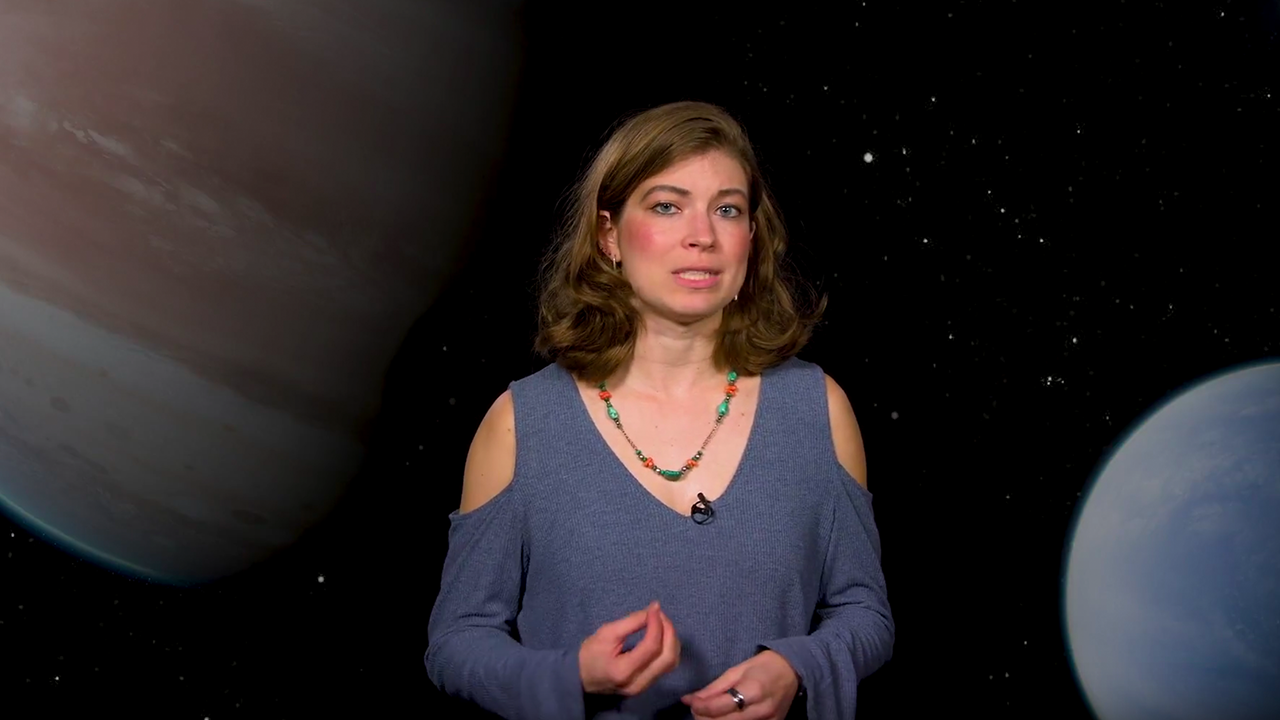
Did the Hubble Telescope Confirm the First Exomoon?
The Hubble and Kepler space telescopes found evidence for what could be a giant moon accompanying a gas-giant planet that orbits the star Kepler-1625, located 8,000 light-years away in the constellation Cygnus. The moon may be as big as Neptune and it orbits a planet several...
Share
Details
Claire Andreoli
NASA’s Goddard Space Flight Center
Greenbelt, Maryland
claire.andreoli@nasa.gov

